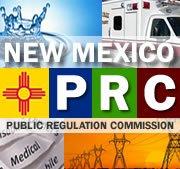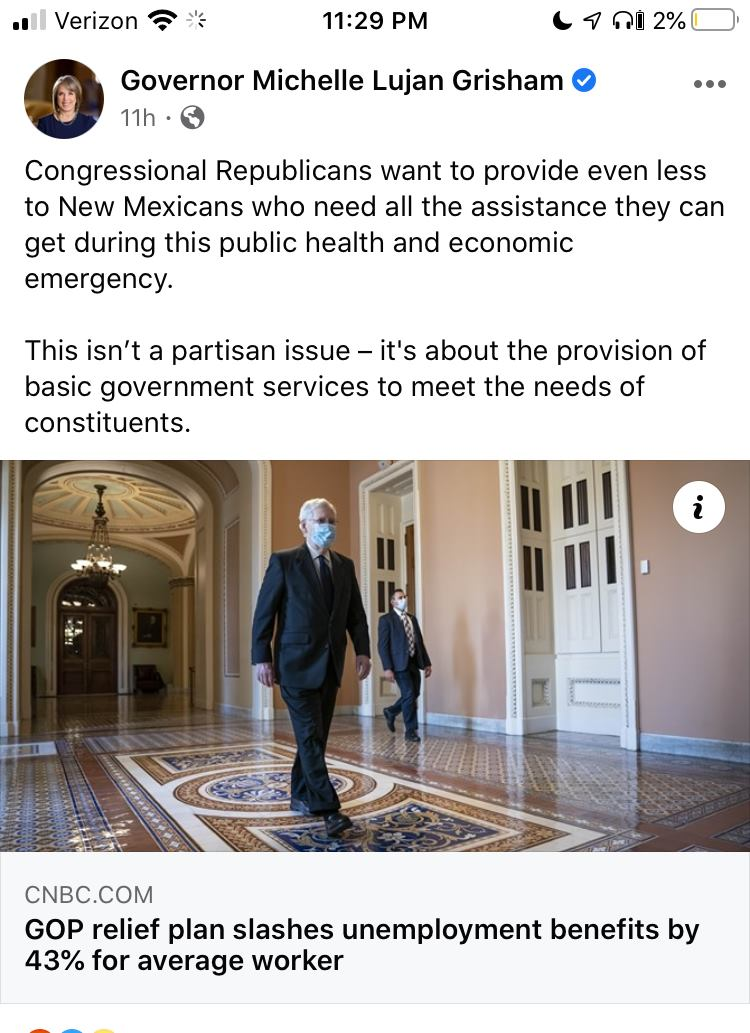New Mexicans opt out of forced unionism
08.20.2020
The following appeared on the Las Cruces Sun News website on August 15, 2020.

With New Mexico still in the throes of COVID19 it is easy to forget about other major public policy issues affecting the State and its economy.
Just over two years ago, in the Janus v. AFSCME decision, the US Supreme Court ruled that working for state or local government should not come with a requirement that those employees hand over a portion of their hard-earned money to unions with whom they often disagree. In the time since the decision, many government workers in New Mexico have exercised these rights by leaving their unions in droves.
In a series of public records requests, the Rio Grande Foundation has found that that more than half of state employees – 54% – have left their union. Our survey of schools, cities and counties around New Mexico show that thousands of other public workers have decided to leave their unions as well.
In working with the national advocacy effort My Pay, My Say, which is working across a large number of states (nearly half of states saw public employees receive the freedom to opt-out), New Mexico’s drop among state employees is the largest we have seen.
Our campaign telling New Mexicans about their first amendment right to leave their unions has reached tens of thousands of public employees all across the state with thousands of them engaging with the advertising and many ultimately choosing to stop paying dues.
The Rio Grande Foundation has long supported worker freedom in New Mexico. We share President Franklin Roosevelt’s contention that, “the process of collective bargaining as usually understood cannot be transplanted into the public service.” And we were thrilled when the court upheld the First Amendment rights for workers to choose – or choose not – to belong to labor unions.
Public sector bargaining is problematic. Unlike in the private sector, taxpayers are ultimately subsidizing both sides of the bargaining table – the government employer and the government union.
Recently, many on the left have come to realize these issues as well – at least when it comes to police unions. Many of the protections given to unionized police officers are not in the best interests of accountable policing and equitable criminal justice policies. We welcome them to the newfound realization that government employee unions often stand in the way of holding “public servants” accountable for their actions.
But this new skepticism of unions – over their political advocacy and problematic contracts – should apply across all areas of government, including at the state, local and in K-12 education. In fact, problems with government employee unions in the education bureaucracy, like unionized law enforcement bureaucracies, have disproportionate, negative impacts on poor and minority populations.
Allowing government employees to opt out of their unions is a good step towards holding unions accountable. It forces them to be more accountable to those they “represent” and it takes away one of the special favors typically granted to unions by state and local government.
Once Janus v. AFSCME gave workers the choice, large numbers of them decided that unions didn’t do a good job representing their interests. Some opt out for broader political reasons; others simply don’t feel the dues are worth it and still more are perhaps concerned by the lack of accountability in government that has been driven by the unions for decades. Whatever the reason, we’ll continue making sure government employees know their rights.
Paul Gessing is president of New Mexico’s Rio Grande Foundation. The Rio Grande Foundation is an independent, nonpartisan, tax-exempt research and educational organization dedicated to promoting prosperity for New Mexico based on principles of limited government, economic freedom and individual responsibility









 As the
As the 











